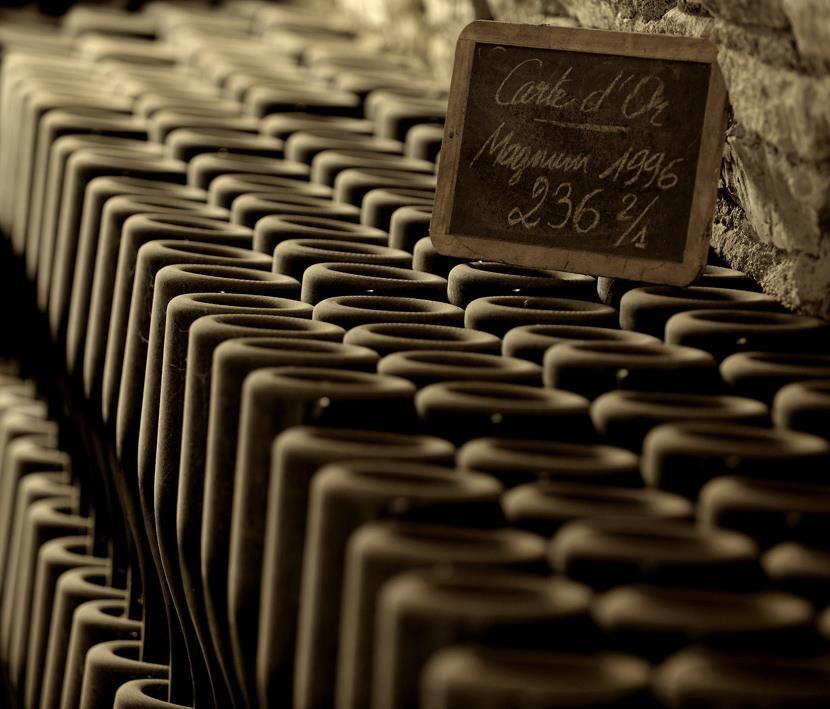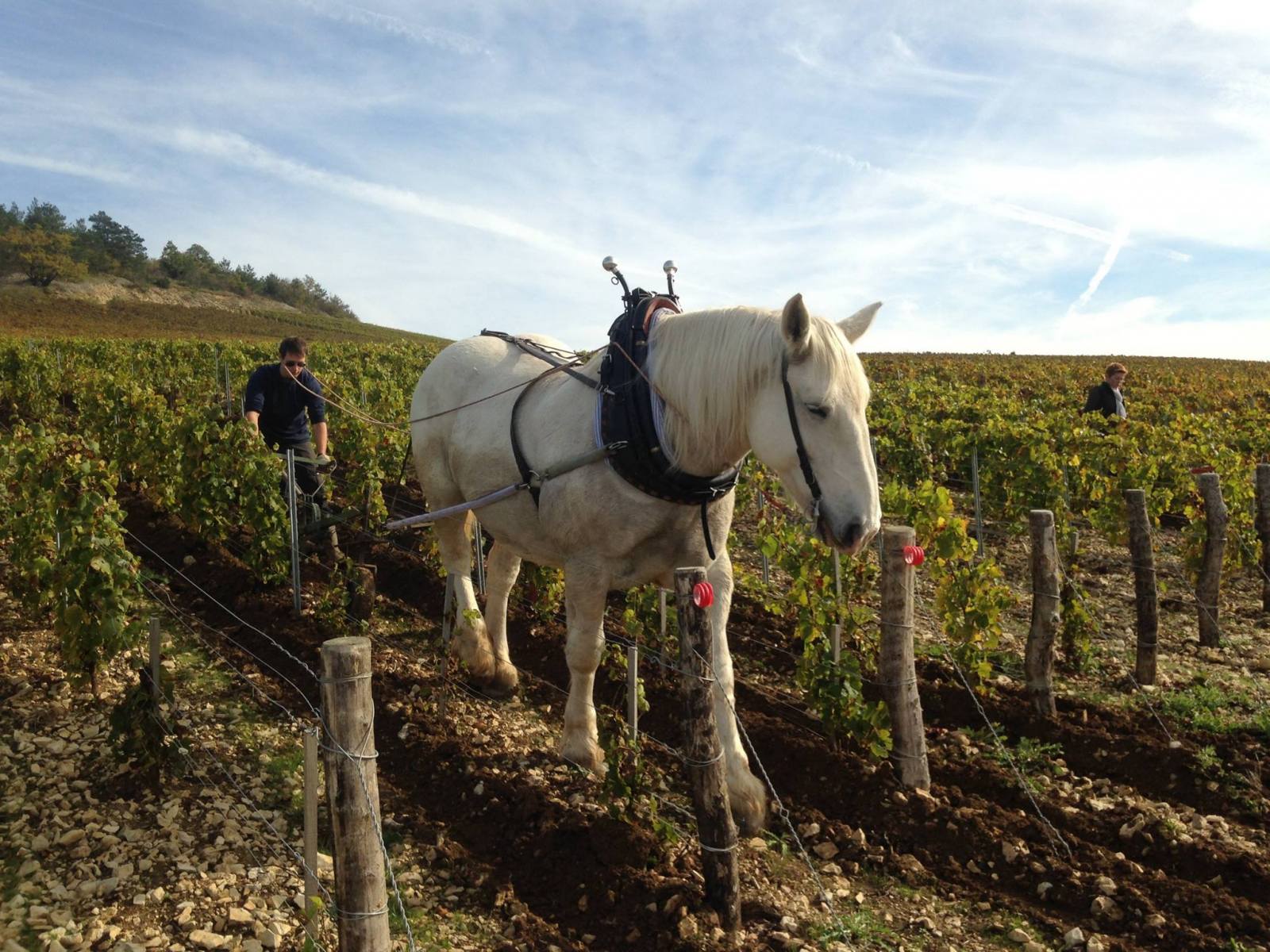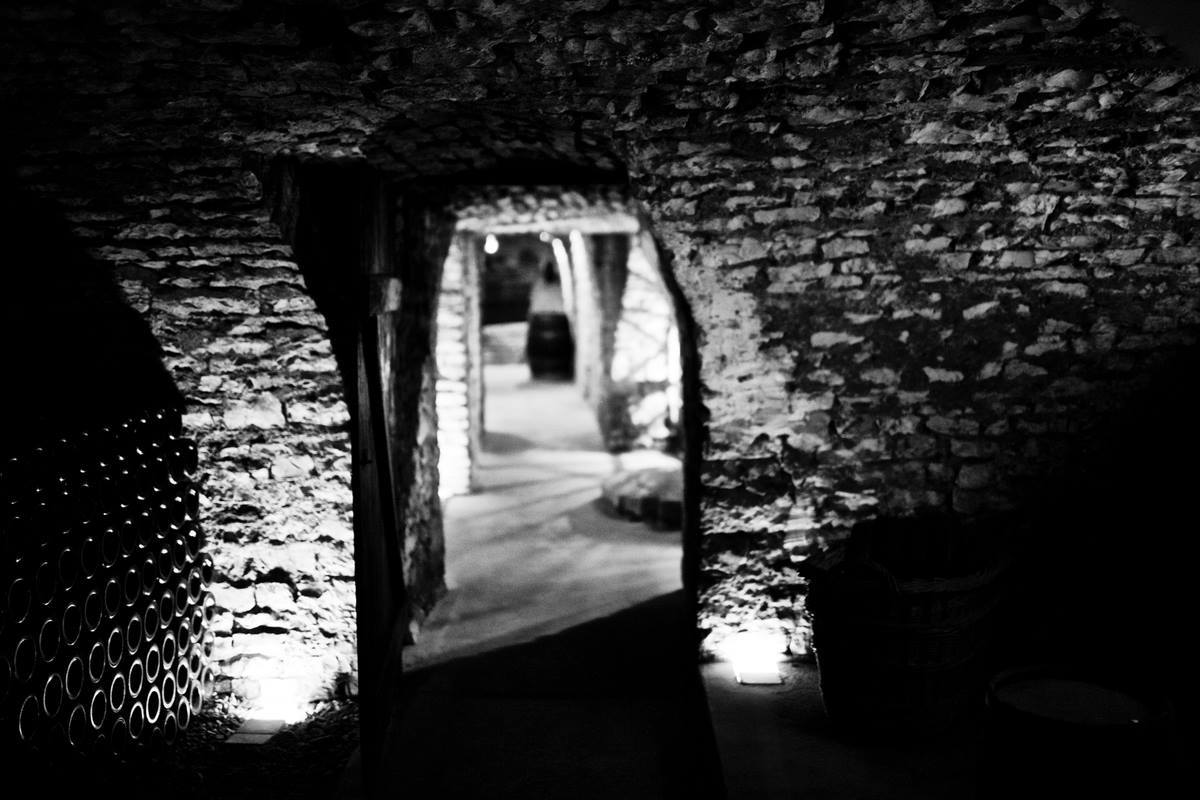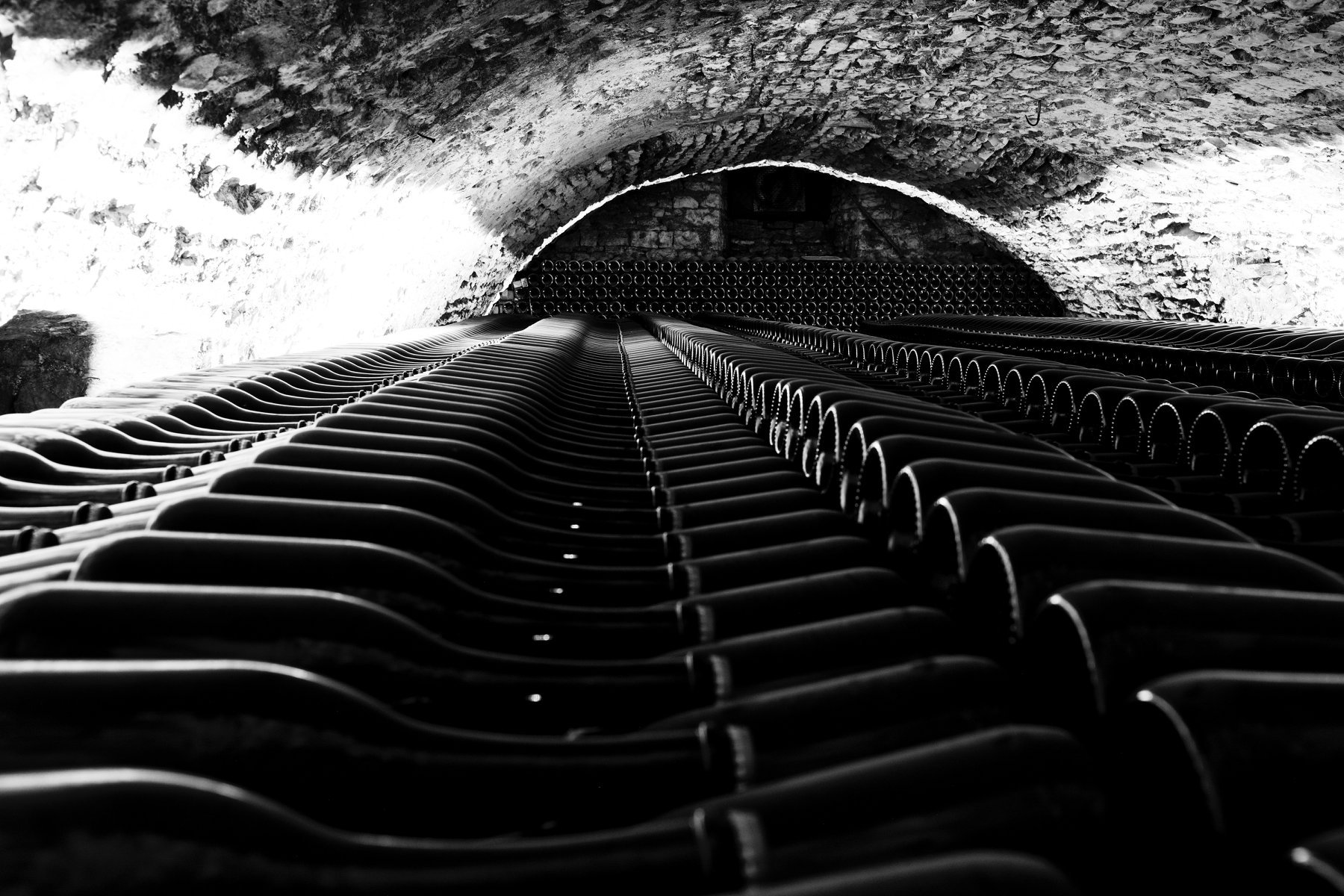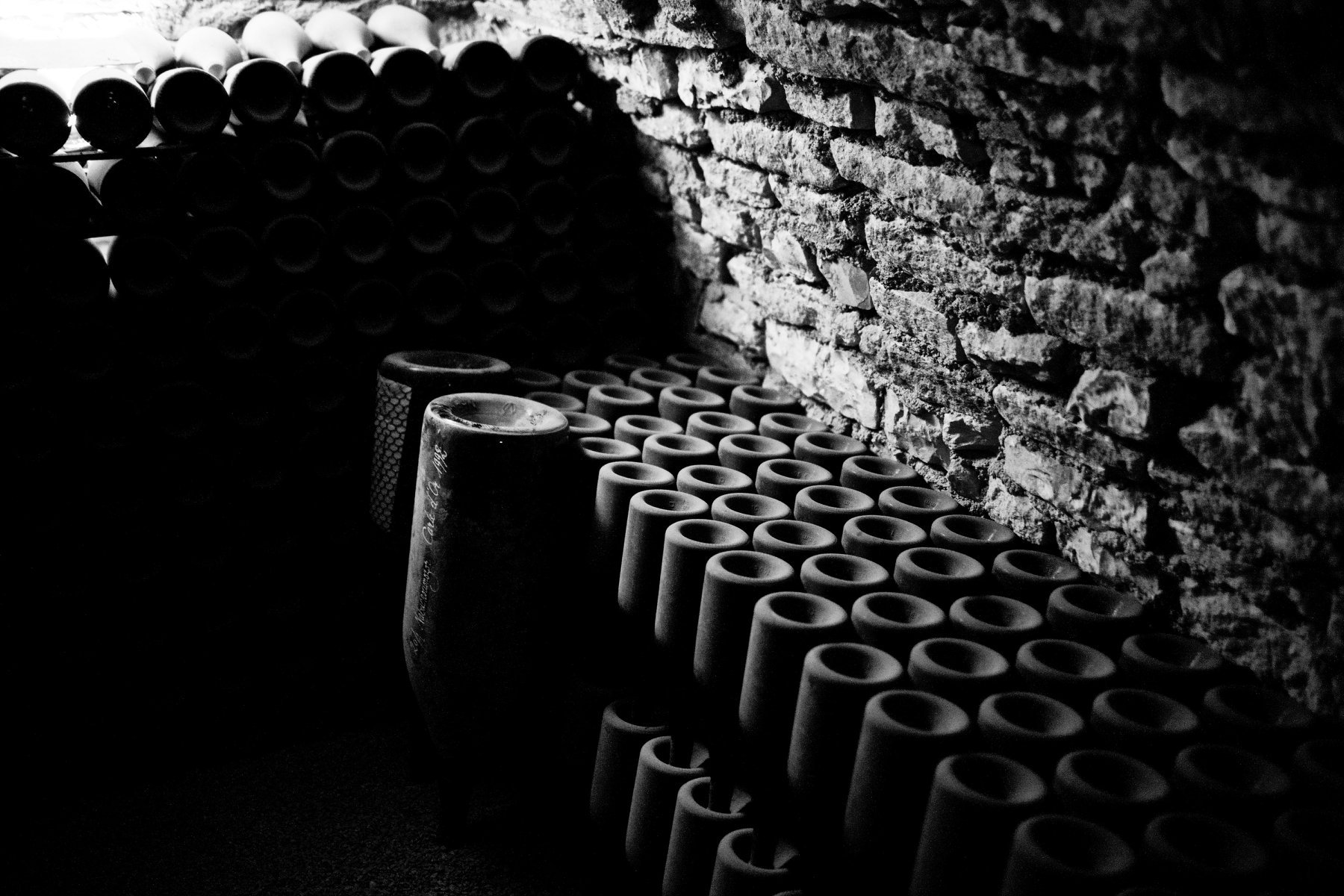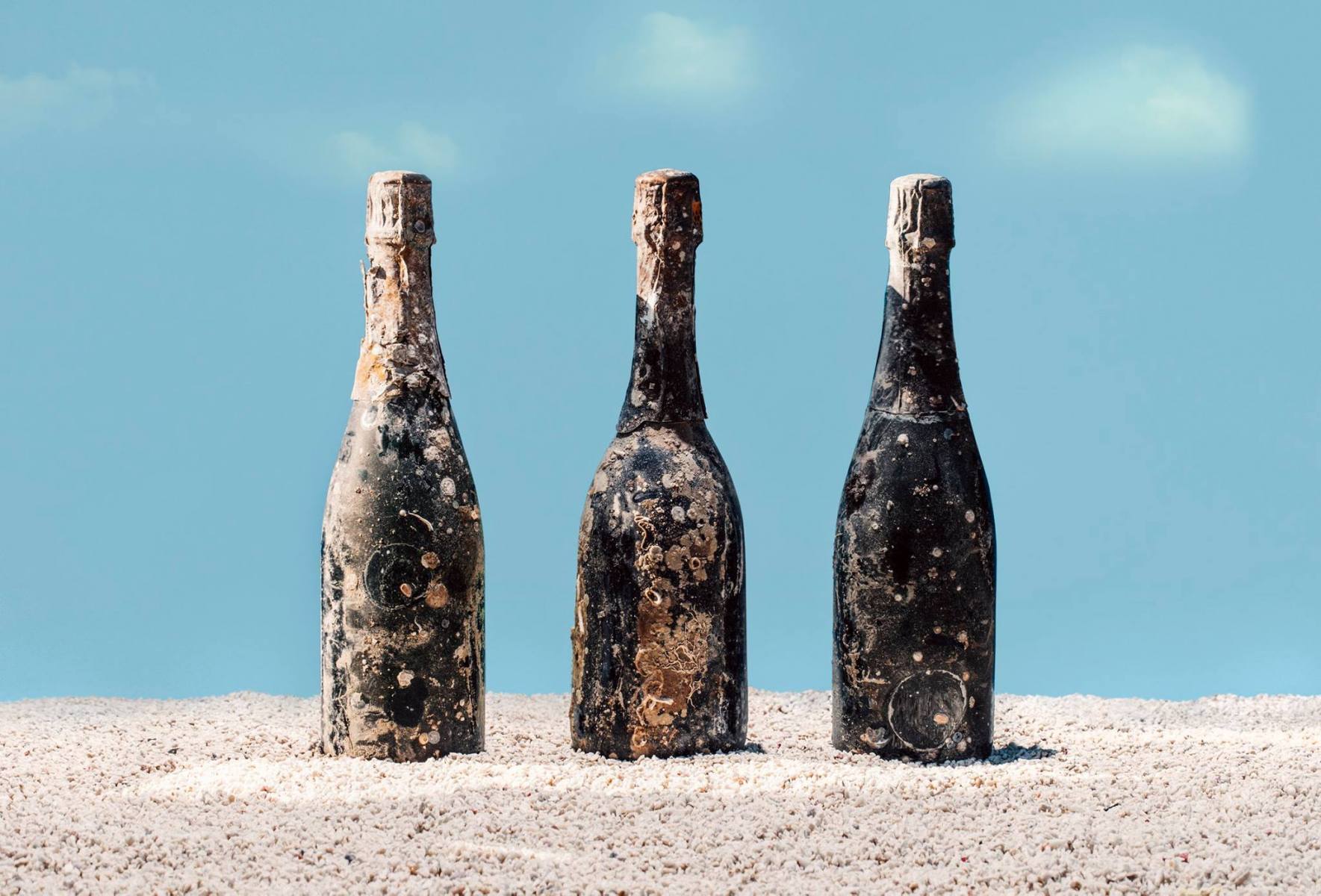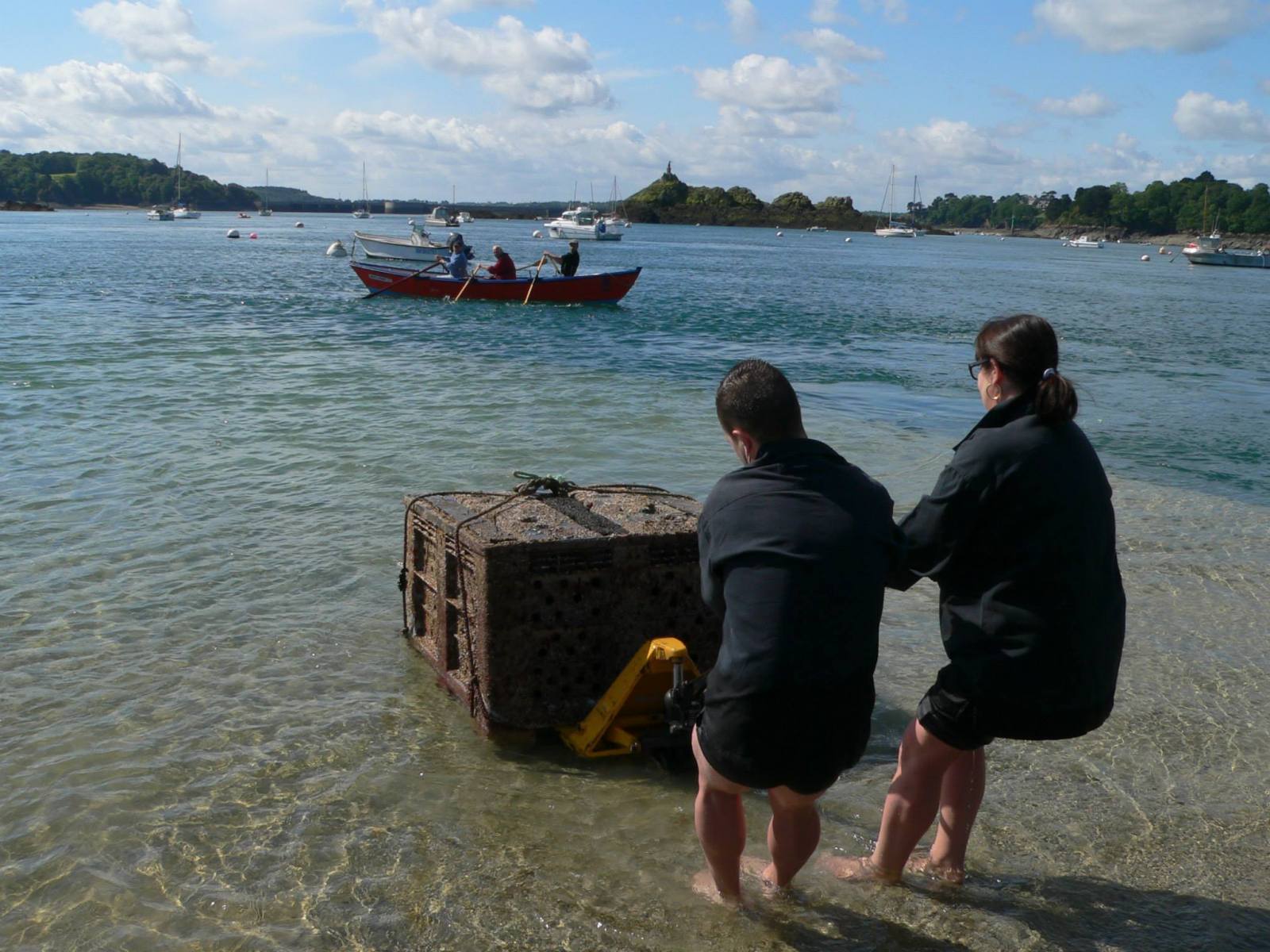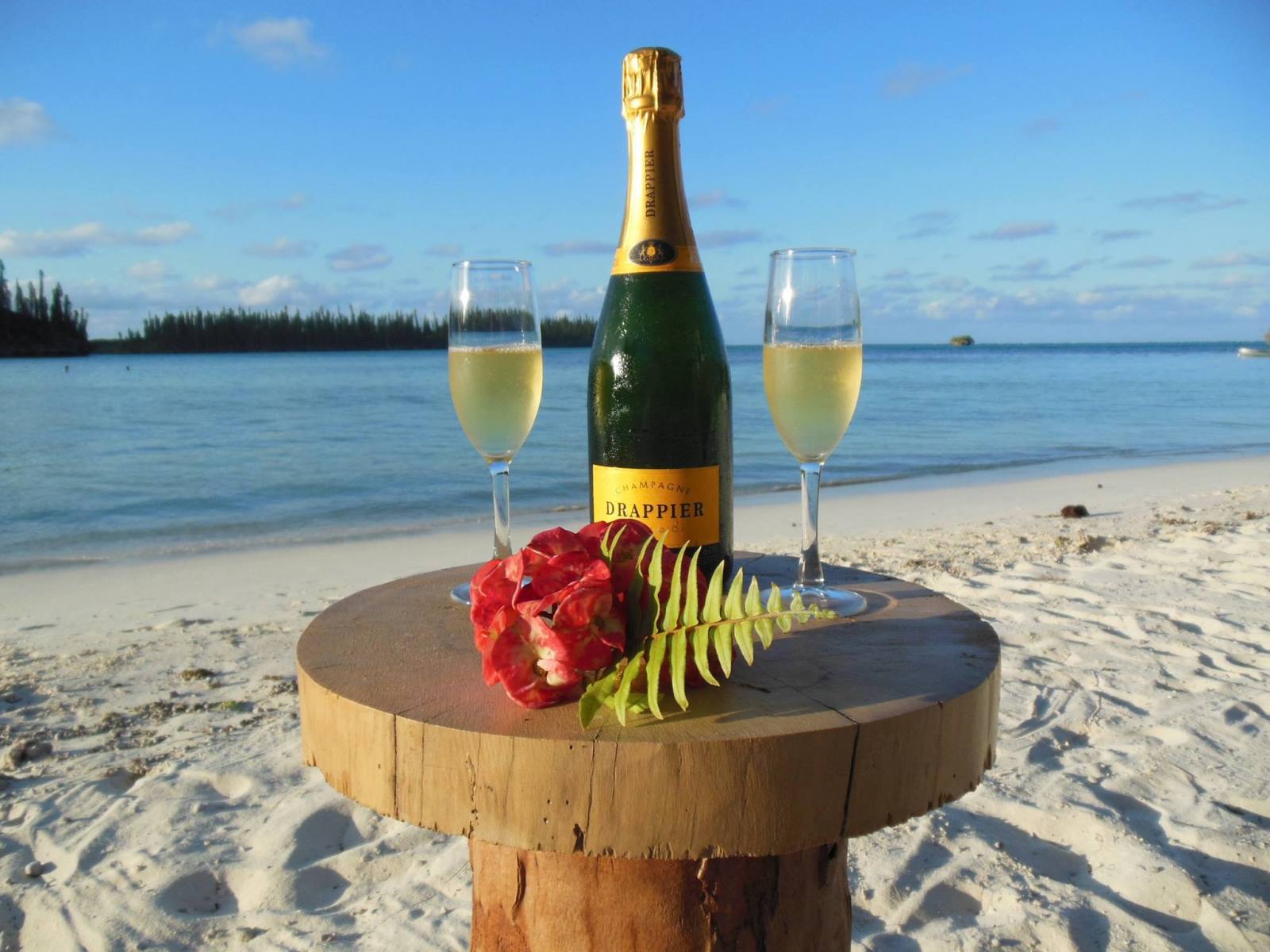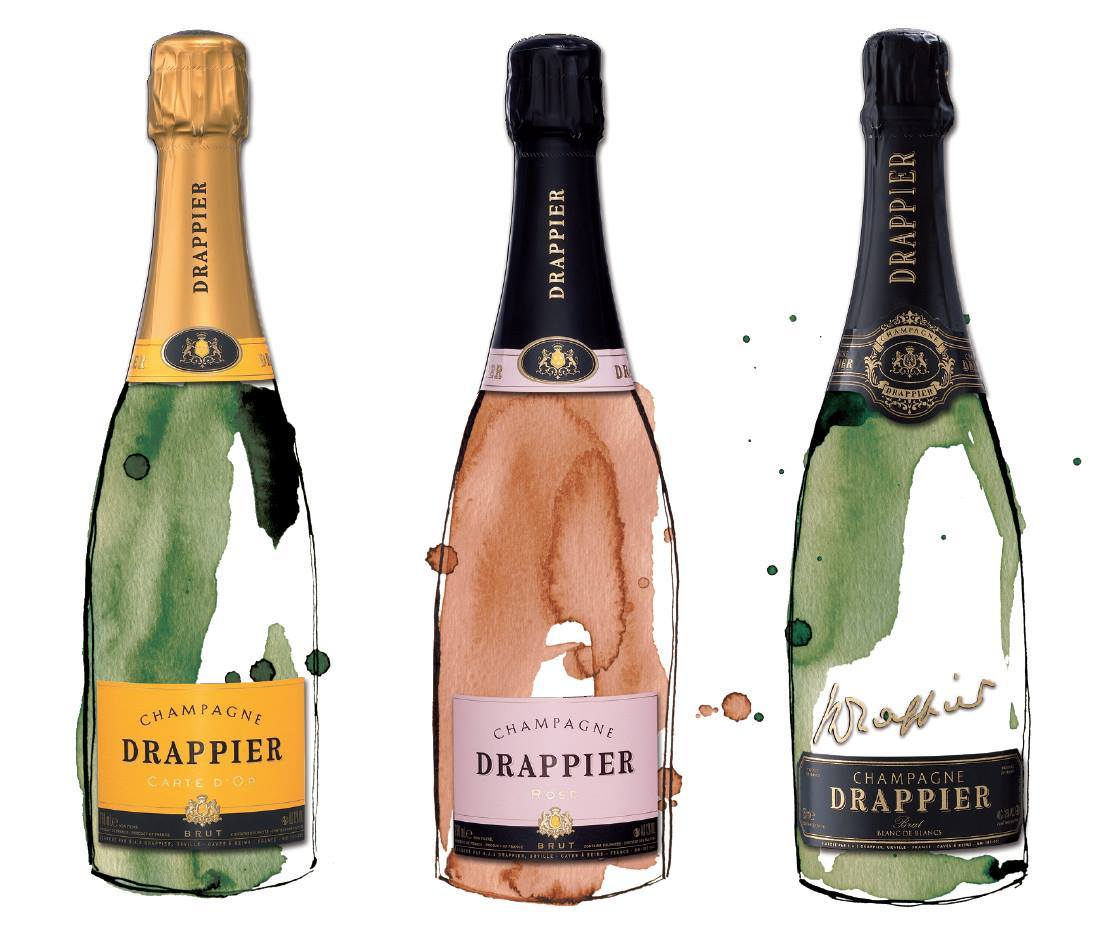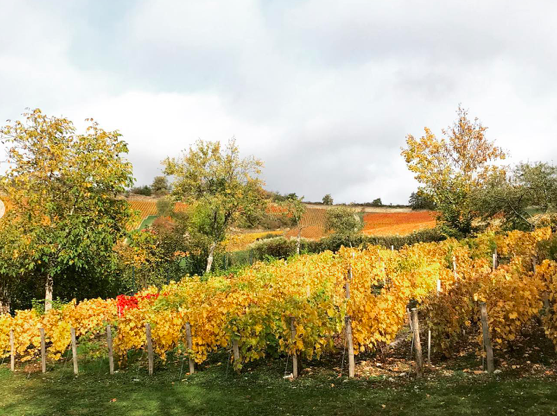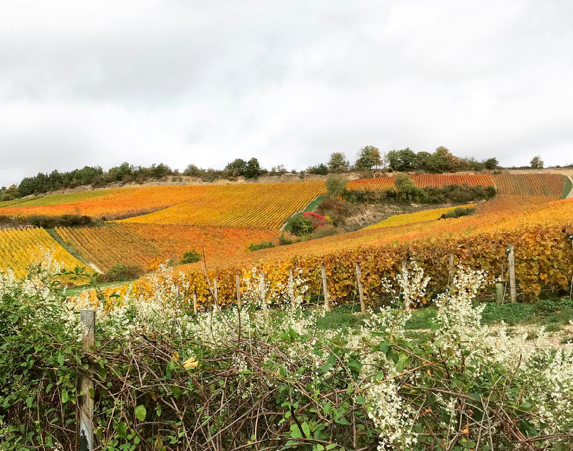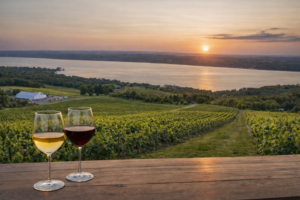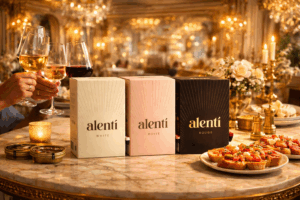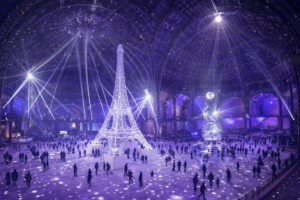Enter the Maison Drappier in the Côte des Bar, as the favorite champagne from the Général de Gaulle!

©
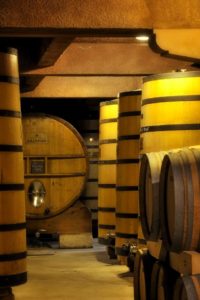

Another family story within the Champagne Drappier whose longtime tradition has been maintained for two hundred years, the same tribe. For instance, they always had the common vocation to produce their own branded Champagne wines (photo credits: Drappier).
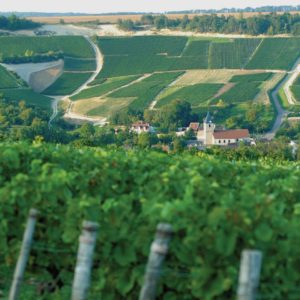
For your information, the Drappier family adventure started with the birth of Rémy Drappier in 1604 who, like Nicolas Ruinart, was a cloth merchant in Reims. However, it was not until 1808 that his ancestor François Drappier moved to Urville and began to operate a vineyard which today covers an honorable surface of 55 ha (and 40 ha in associated contracts), of course spread through the Côte des Bar appellation but also the Montagne de Reims and the Côte des Blancs.
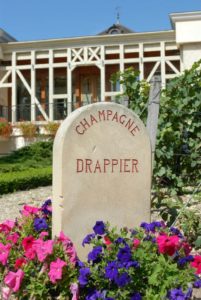
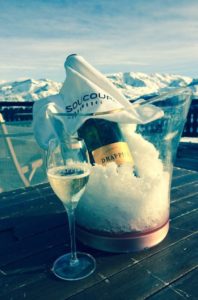
Then, a first Carte d’Or cuvée was launched in 1952, as a real evocation of quince jelly, this full Pinot Noir Champagne shares the same contents with the Champagne Rosé before seducing the General de Gaulle. By the way, in homage to the illustrious French character, Maison Drappier dedicated one of its great vintages to him. In 1988, deep cellars dug in the chalk of Reims under Napoleon III joined the family property to house the greatest cuvées.
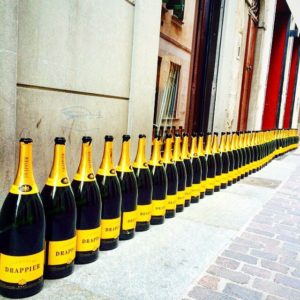
Therefore, after a subtle game of clever dosages between appropriate grape varieties, exclusively extracted from the first presses, those unfiltered wines may build these Drappier nectars. Adding to this, just a little sulfur is used in homeopathic doses, as one of the lowest parts in the entire Champagne zone, offering wines with more natural colors and more aromas. In addition to respect anyone’s health, this philosophy leads to generate a fine and subtle effervescence. Thereafter, once the grapes have been vinified, the Maison Drappier insists to employ some of them to complete the several expedition liqueurs. These slowly remain in oak barrels for more than 15 years, being added to the final juice at the time of disgorging, in order to accentuate the length in the mouth and to gain more purity, since the high concentration of this liquor means that very little of it can be used.
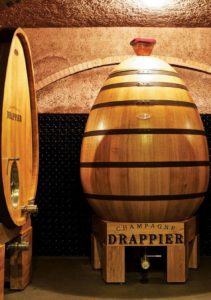
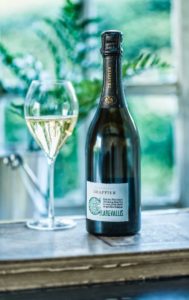
In fact, this Clarevallis cuvée is a blend of Pinot Noir (75%), completed with a touch of Chardonnay, Pinot Meunier and especially Pinot Blanc (also called Blanc Vrai). This grape variety, which had almost disappeared in the whole Champagne zone, brings an exuberant fruity touch.
 As far as we know, this Champagne enjoys a white gold dress, updated by a very fine and persistent foam, whose elderberry, violet, along floral and spring notes are perceptible from your nose. Embellished with an omnipresent minerality, softened by the maturity of a brilliant Pinot Noir.
As far as we know, this Champagne enjoys a white gold dress, updated by a very fine and persistent foam, whose elderberry, violet, along floral and spring notes are perceptible from your nose. Embellished with an omnipresent minerality, softened by the maturity of a brilliant Pinot Noir.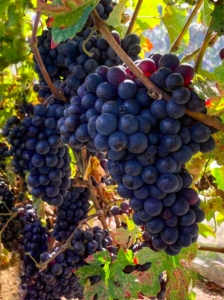

In case you would like to get beautiful sensations from a fruity rosé champagne, we invite you to discover the Brut Nature Rosé Les Riceys reference. This fruity champagne offer beautiful sparkling sensations for your finest dinners, notably due to the very specific maceration operated in whole grapes, giving to the Pinot Noir juice a deep color and an aromatic concentration.
For your information, this delicious cuvée is solely composed of Pinot Noir harvested in Les Riceys village, still located in the Aube department and particularly renowned for its rosé grape terroir, since ages.

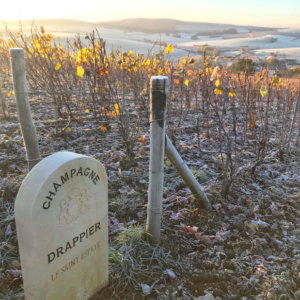
Therefore, the Drappier domain wished to propose a brand new expression of this so-called terroir within this Brut Nature Rosé, while combining a certain “bleeding” tradition and vinification without any sugar dosage.
Thus, for this cuvée, the maceration of the whole grapes needed 48 hours before the pressing process, where only the first press wines are selected and blended, even including a quarter from a perpetual rosé reserve juice. Then, the wine aging is half carried out in stainless steel vats and half in oak barrels, for more aromatic complexity and communion.
For instance, you would undoubtedly be seduced by the ample and intense aromas of candied morello cherry and violet syrup, with a delicious finish marked by white grapefruit flesh and even lavender notes. In fact, this Brut Nature Rosé – Les Riceys would kindly accommodate with any type of salad, fine cheeses or fruit cakes.
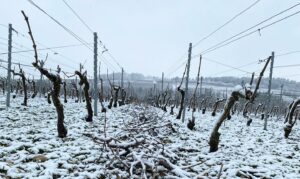
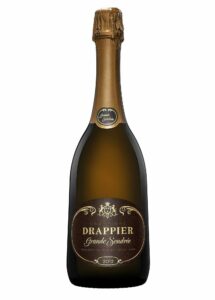
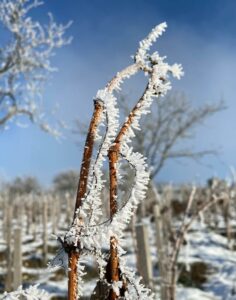
Following our previous mention from the Champagne Grande Sendrée 2010 in our millesimes selection (read our article here), we are glad here to introduce you the 2012 edition. Still fully made from a wedding of grapes from Pinot Noir and Chardonnay, issued from a set of plots, based on limestone soils, called crayots, dating from the Kimmeridgian Jurassic era.
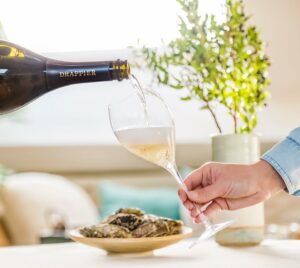 Nonetheless, based on a malolactic fermentation, this champagne was aged during an honorable period of 9 years. Adding to this, its added dosage liqueur was longer aged in wood during 15 years, which is quite rare for Champagne.
Nonetheless, based on a malolactic fermentation, this champagne was aged during an honorable period of 9 years. Adding to this, its added dosage liqueur was longer aged in wood during 15 years, which is quite rare for Champagne.




